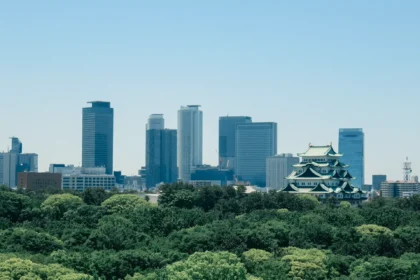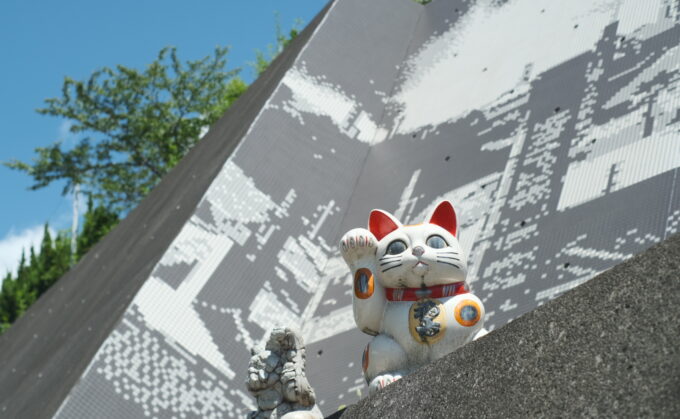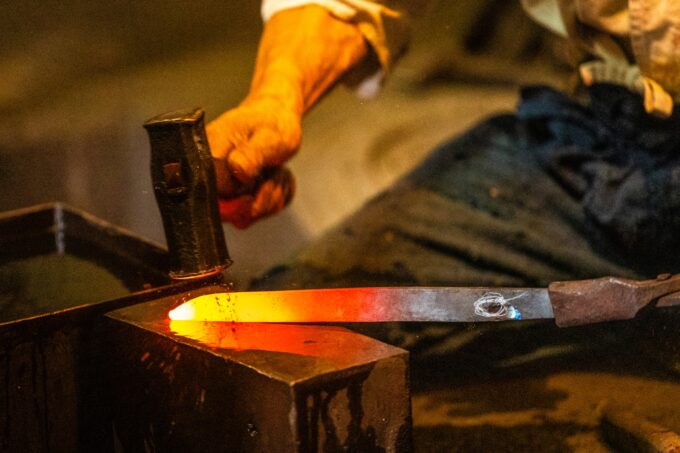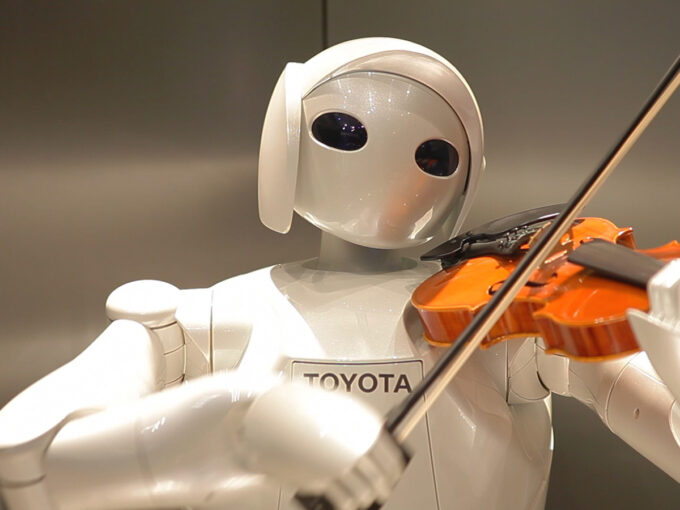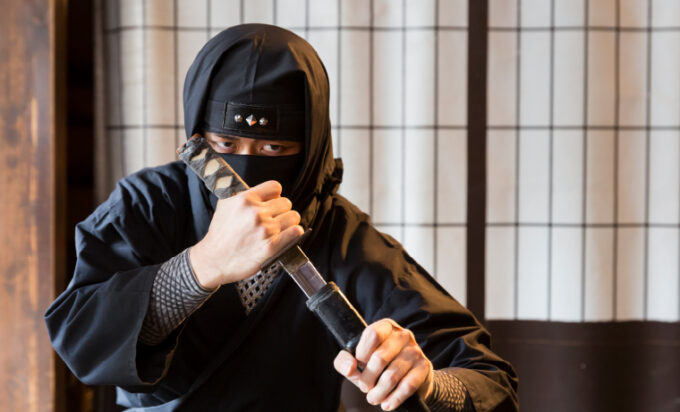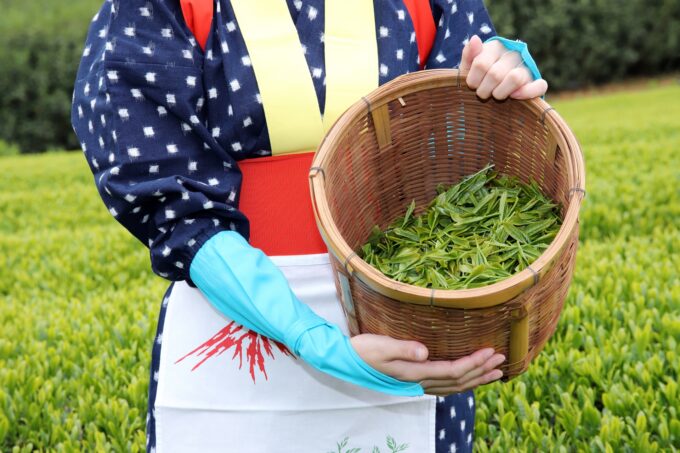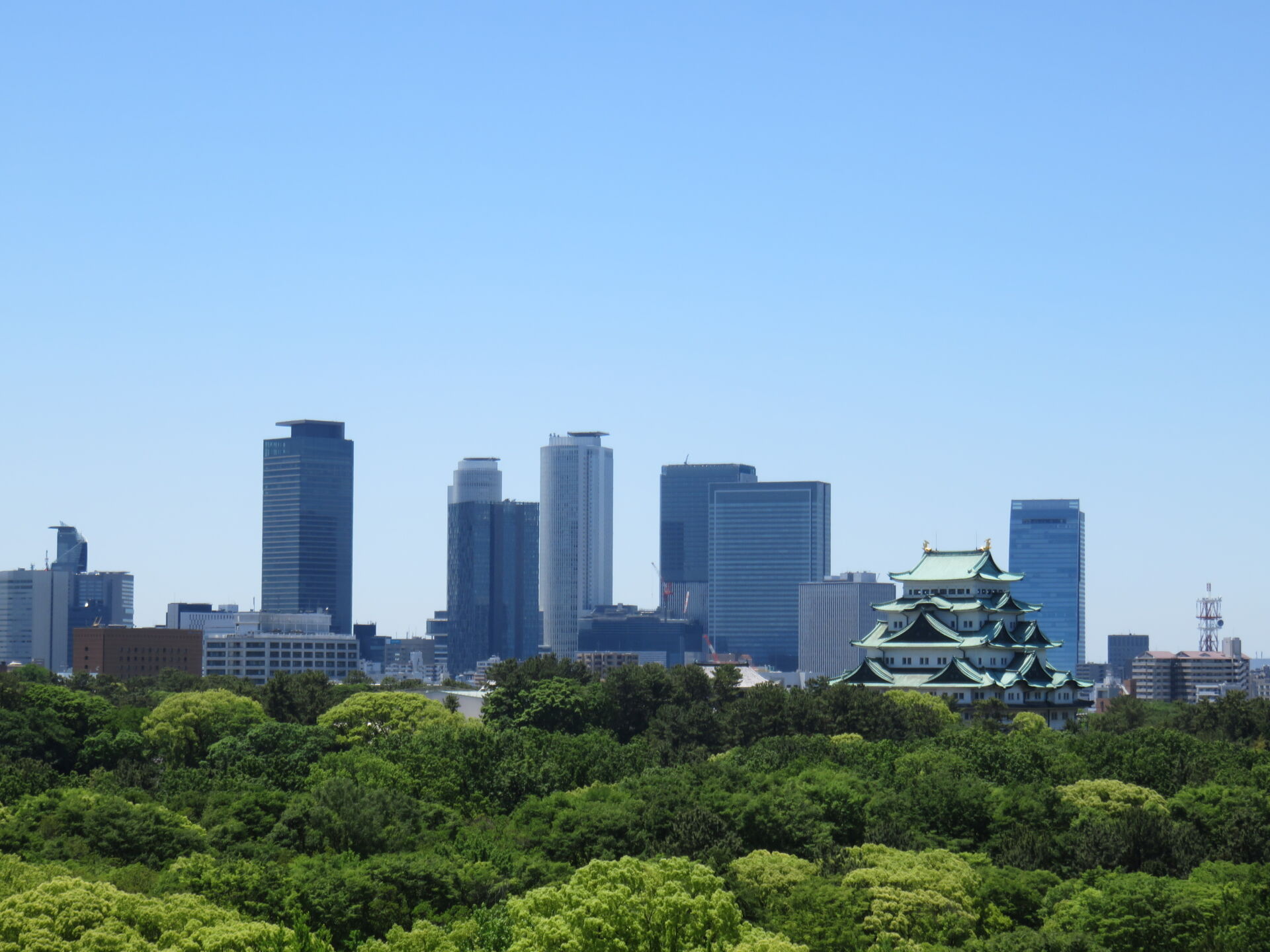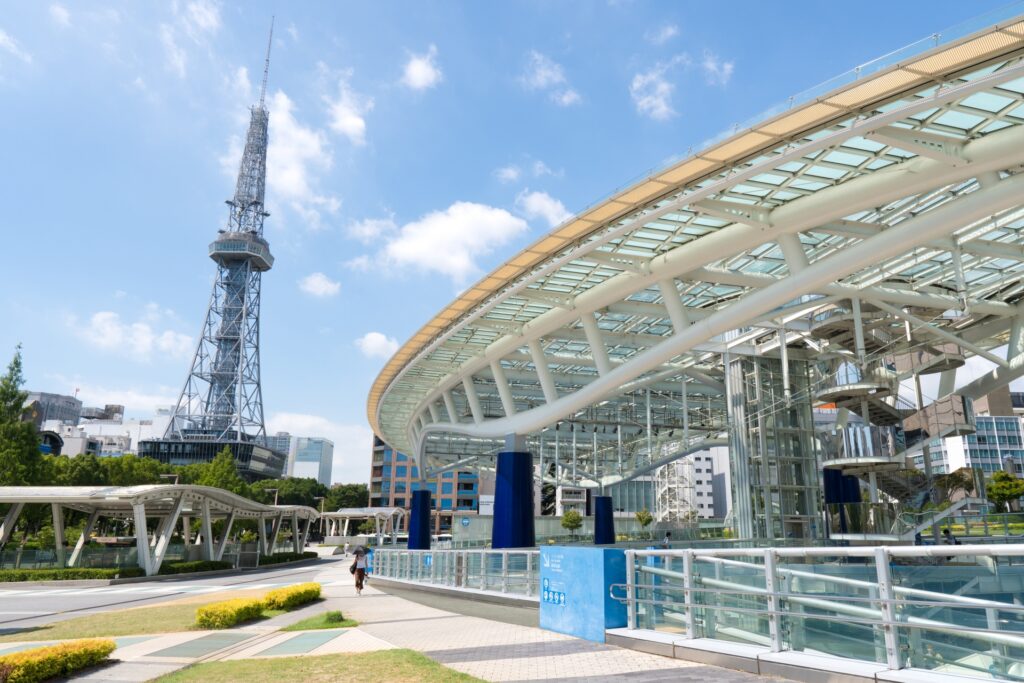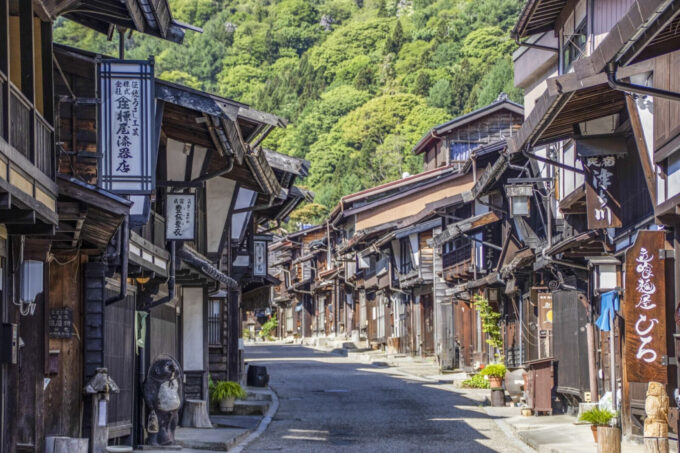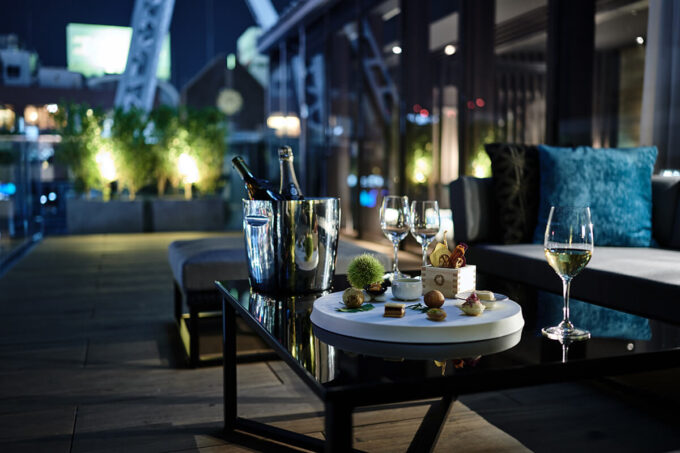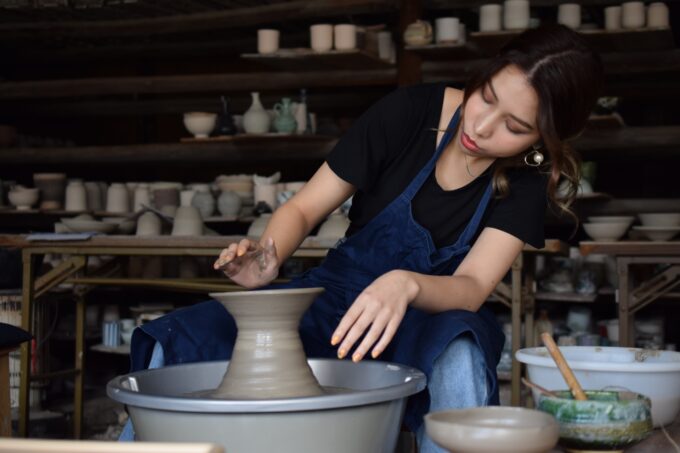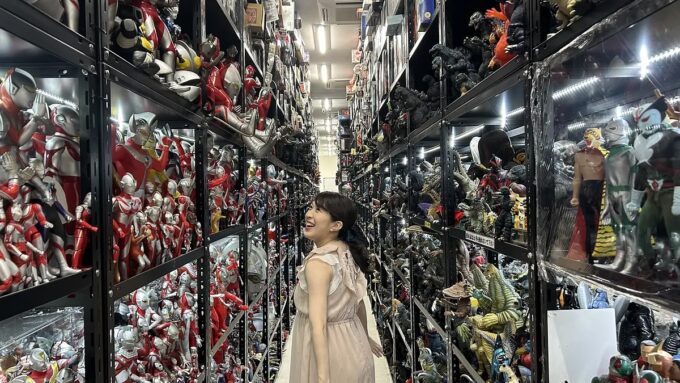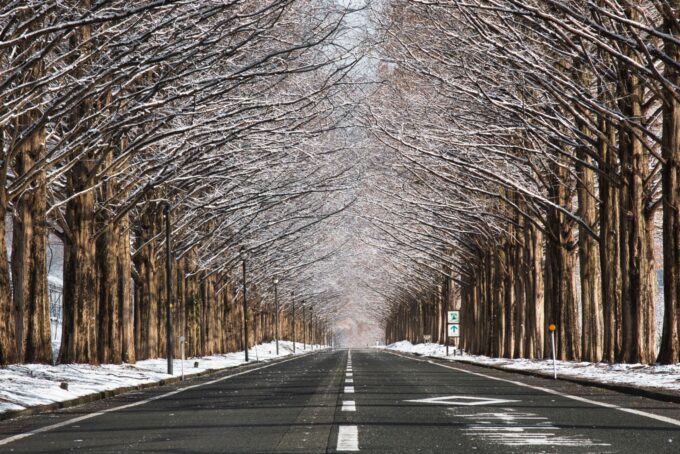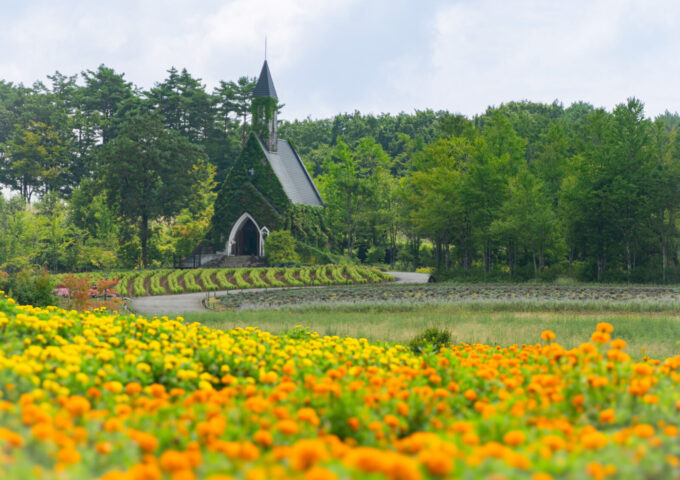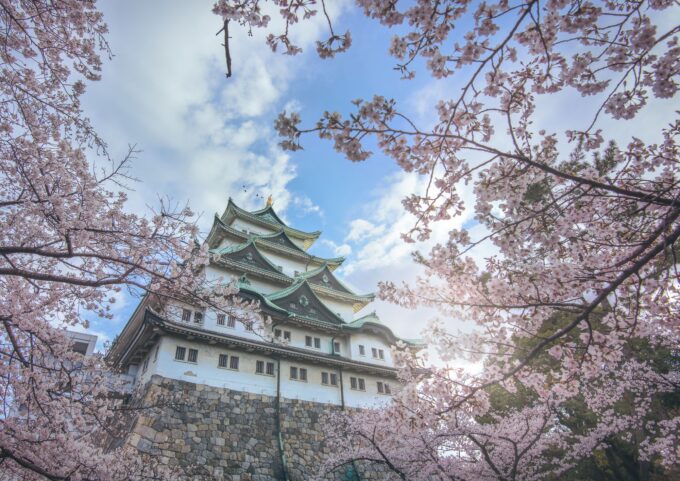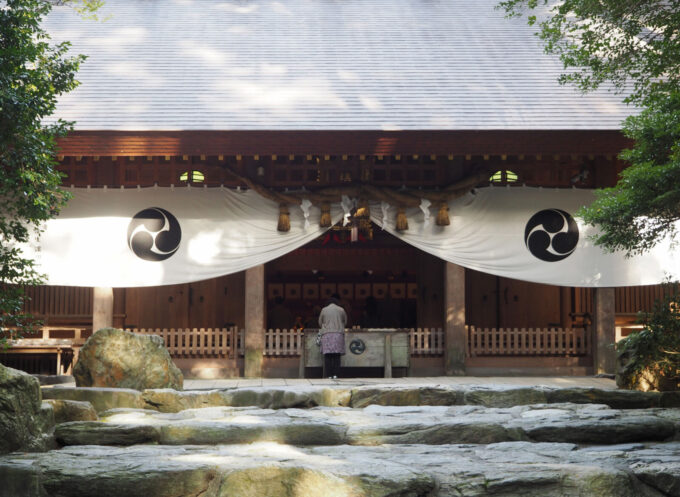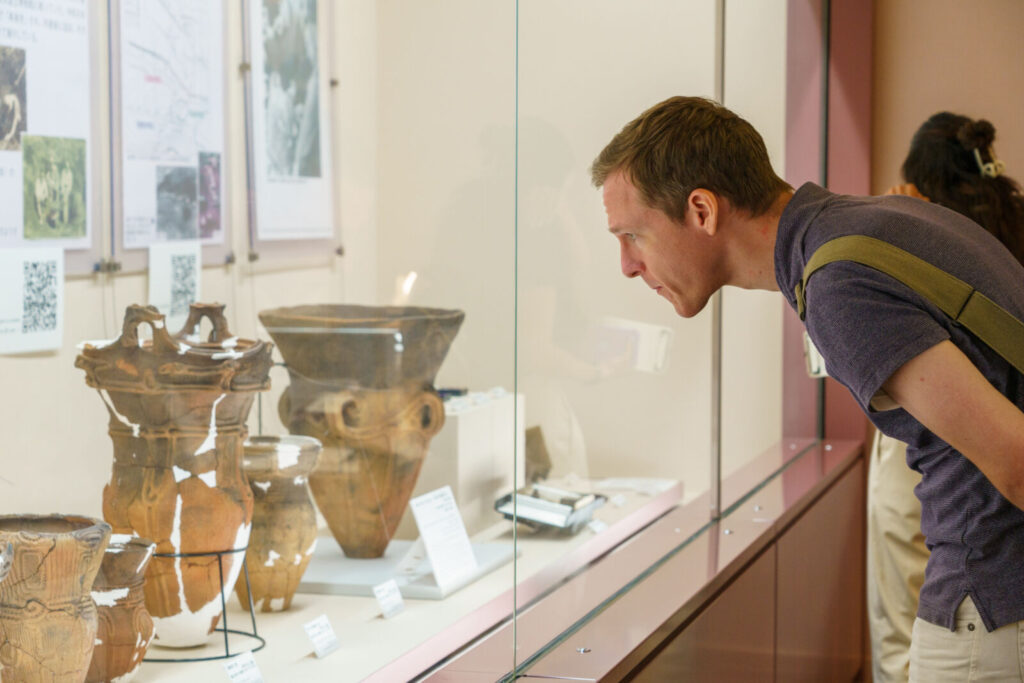
Whether you're a history buff, a technology enthusiast, or someone looking for a more offbeat cultural experience, Nagoya and its surrounding areas offer a fascinating array of museums that delve deep into various aspects of Japanese culture and history.
This guide includes our favorite museums in and around Nagoya:
SCMaglev and Railway Park - Nagoya
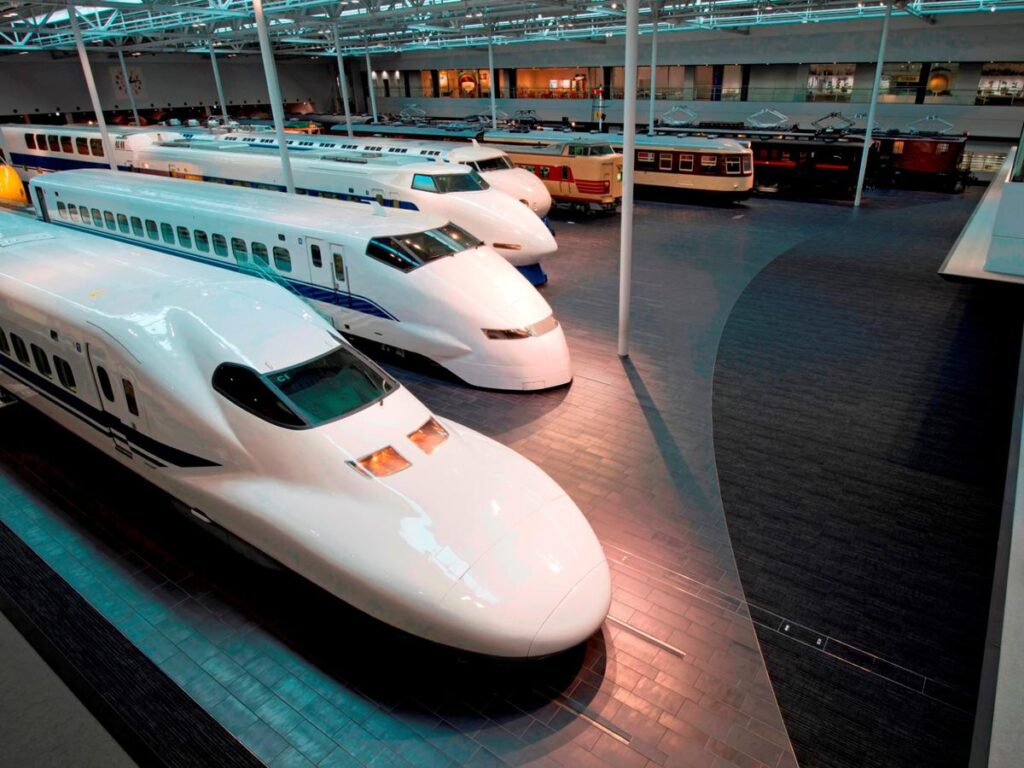
Best for: Train lovers, families, tech enthusiasts
If you’re fascinated by the Shinkansen bullet trains, then the SCMaglev and Railway Park in Nagoya should top your list. This museum celebrates the history and advancement of Japan’s rail system, focusing especially on the magnetic levitation trains (maglev) that promise to revolutionize transportation.
The museum’s exhibits span the entire history of Japanese railways, from early steam engines to modern high-speed trains. However, the true highlight is the maglev section, where visitors can experience the future of travel and learn how magnetic technology allows trains to glide at extraordinary speeds. With hands-on exhibits and an impressive collection of historic locomotives, this museum provides a fascinating look into the innovations that have shaped Japanese transport.
Toilet Museum - INAX Museum, Tokoname
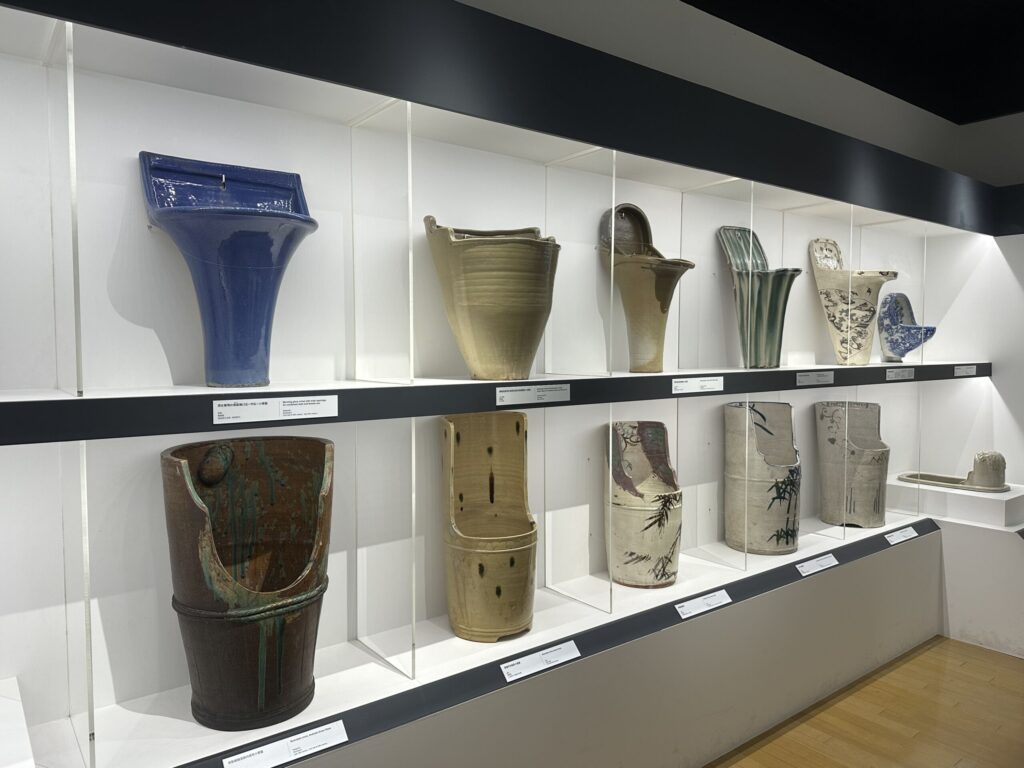
Best for: Design lovers, quirky travelers, families
Ok, so this isn’t so much a whole museum dedicated to toilets as it is a museum dedicated to all things porcelain and clay (with a very impressive antique toilet collection).
It may seem like an unusual stop, but the INAX Museum in Tokoname offers a surprisingly enlightening and entertaining look at one of Japan’s most innovative contributions to daily life: the toilet. While the country is famous for its high-tech toilets with heated seats and bidets, this museum delves into the history and production of the ceramics and materials that make our porcelain thrones, well. . . porcelain.
Visitors can step into a real-life historic kiln, participate in a clay coloring workshop, and purchase toilet shaped desserts, making it both an educational and amusing stop.
Recommended Tour: Snow Monkey Resort's 1-Day Tour from Nagoya: Crafting Traditions in Tokoname and Arimatsu offers a unique blend of history, artistry, and local charm, as you are led by an experienced, English speaking guide through two towns famous for their artistic traditions.
Seki Swordsmith Museum - Seki
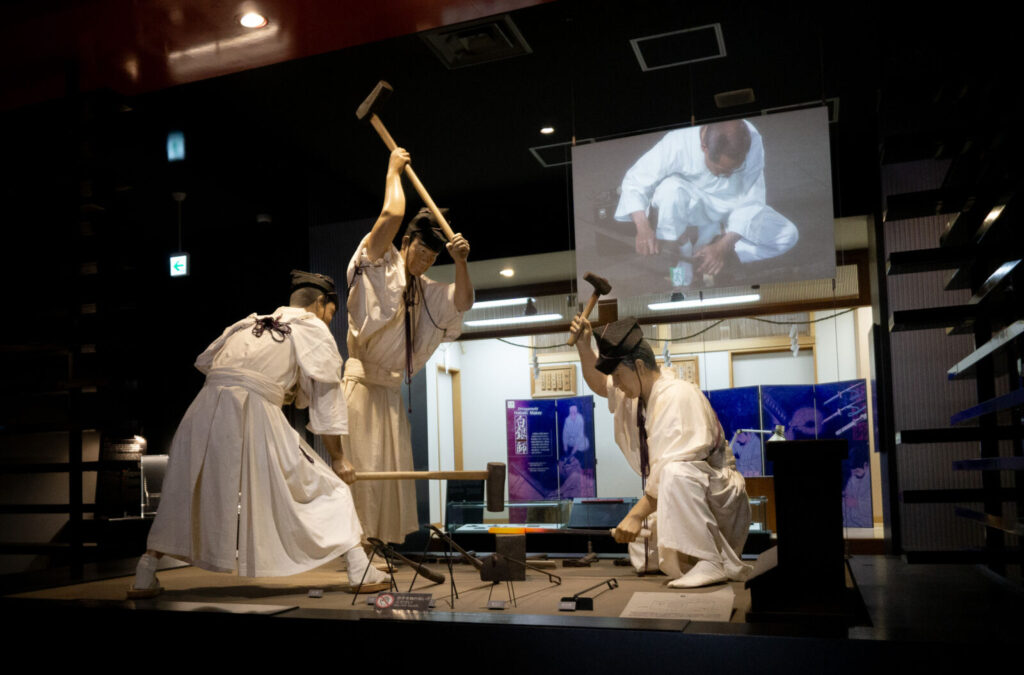
Best for: History lovers, samurai enthusiasts, traditional craft fans
Located in Seki City, renowned for its centuries-old tradition of swordsmithing, the Seki Swordsmith Museum is a must-visit for those interested in Japan’s legendary weaponry. Seki has been home to master swordsmiths since the Kamakura period (1185–1333), and this museum provides a detailed exploration of the art of sword-making.
Exhibits include beautifully crafted swords, as well as the tools and techniques used in their creation.
The museum occasionally offers live demonstrations by skilled artisans, giving you a chance to witness the intricate process of forging a katana from raw steel. For any history lover or admirer of blades and steel, this museum offers a rare look at one of Japan’s most revered traditions.
Recommended Tour: Embark on a captivating tour from Nagoya to explore the oldest castle in Japan, a National Treasure teahouse, a "city of swords," and the charms of Central Japan on Snow Monkey Resort's 1-Day Tour from Nagoya: Samurai Swords and Japan's Oldest Castle.
Learn about the craftsmanship involved in creating a samurai sword, meet a bladesmith and learn how to properly sharpen a kitchen knife, and stroll along the streets of Inuyama where you can indulge a wide array of street food under the shadow of Japan's oldest original castle.
Nagaragawa Ukai Museum - Gifu
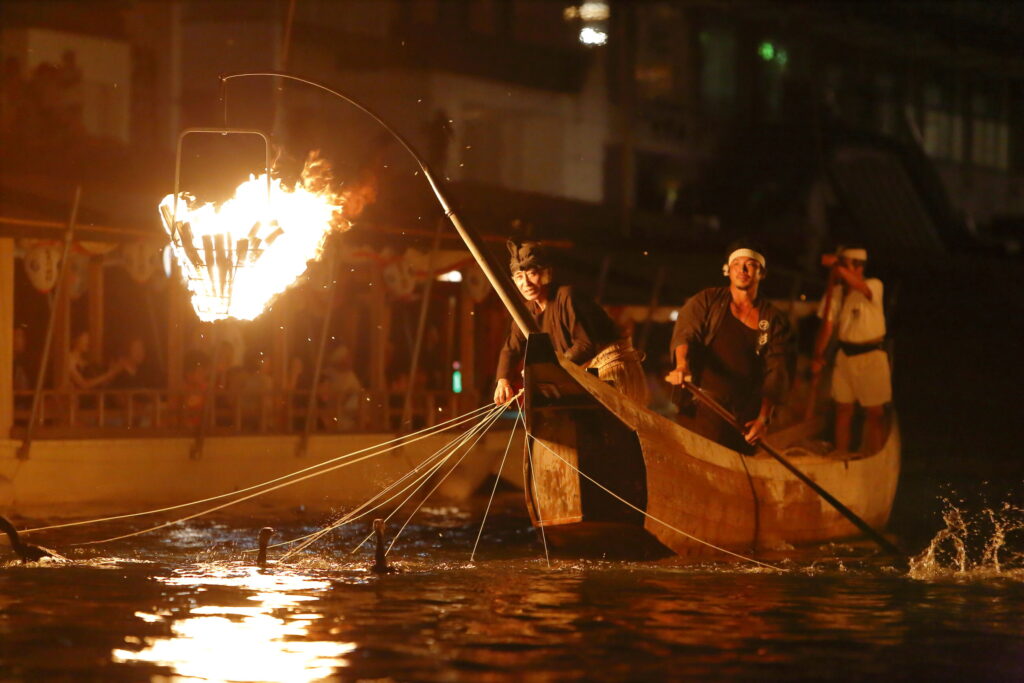
Best for: Cultural explorers, tradition lovers
A short distance from Nagoya, the Nagaragawa Ukai Museum celebrates ukai, an ancient fishing method that uses trained cormorants to catch fish. This traditional practice has been carried out on the Nagaragawa River for centuries, and the museum provides an in-depth look at the art, history, and tools involved in ukai.
Visitors can learn about the history of cormorant fishing, its cultural importance, and the techniques used to train these birds. The museum also features exhibits on the traditional ukai boats and equipment. In the summer months, you can experience a live ukai performance on the river, where expert fishermen guide their cormorants in a time-honored display of skill and coordination.
Mino Washi Lantern Art Gallery - Mino
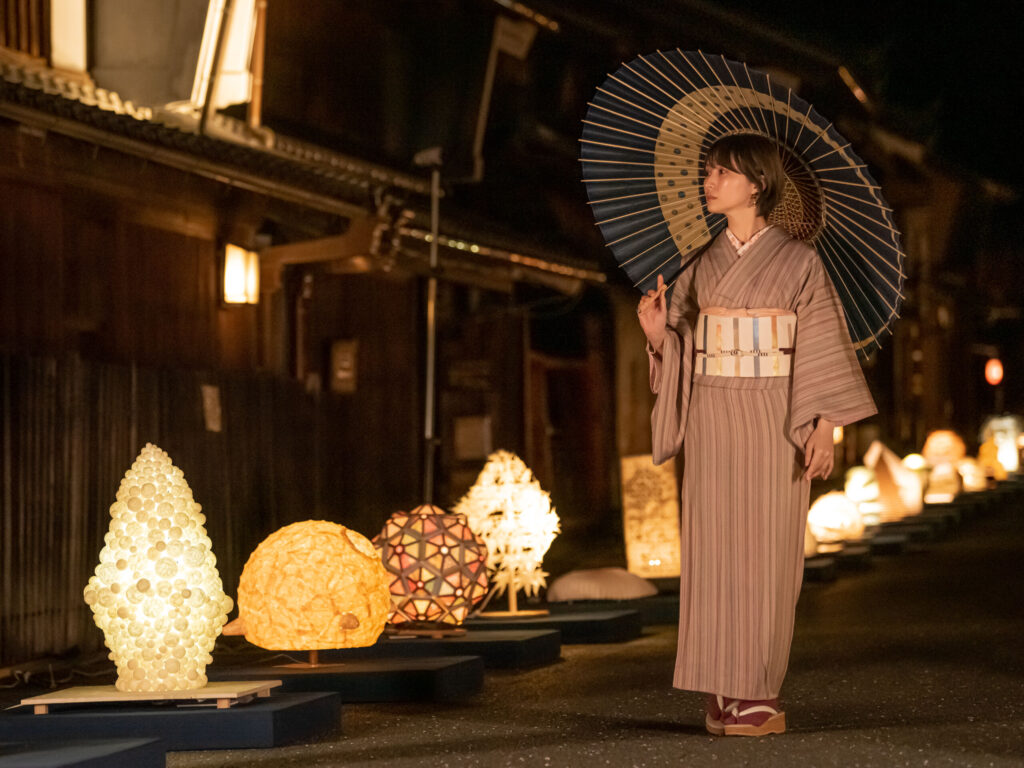
Best for: Art lovers, craft enthusiasts, photographers
Mino City, known for its traditional washi paper, is home to the Mino Washi Lantern Art Gallery. This museum highlights the intricate art of making lanterns from washi, Japan’s signature handmade paper. The city’s history of paper-making stretches over 1,300 years, and the gallery offers visitors the opportunity to learn about this art form’s cultural significance and craftsmanship.
The second floor of the museum resembles historical Japanese streets at night lit by the soft glow of dozens of lanterns, each using translucent Mino washi paper. A word of warning, the museum gift shop might leave you wishing you had left more room in your suitcase for souvenirs.
Toyota Commemorative Museum of Industry and Technology - Nagoya
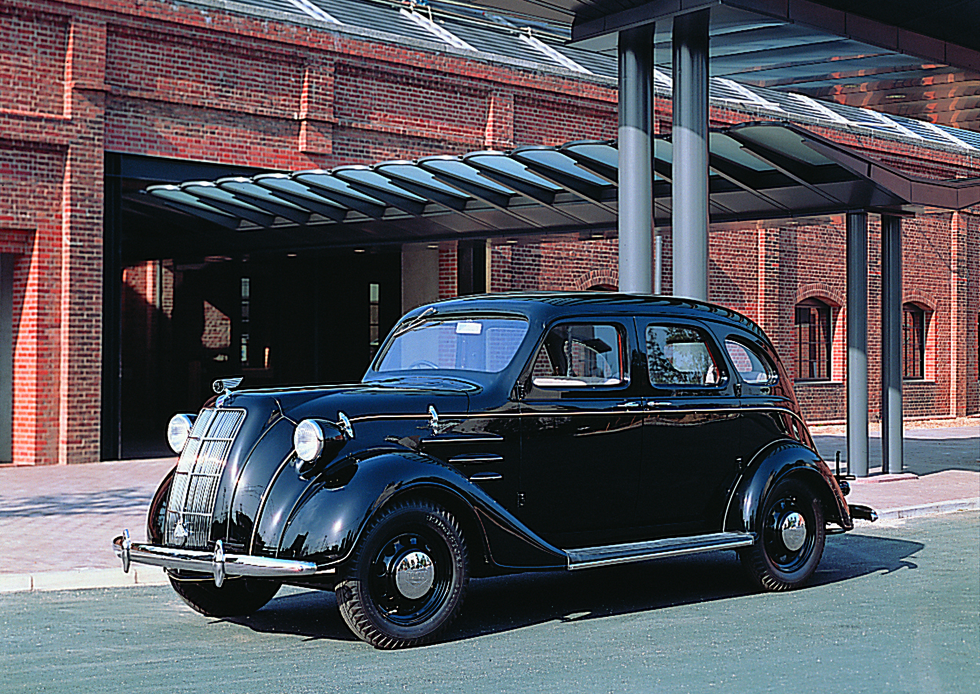
Best for: Engineering buffs, car fans, industry historians
The Toyota Commemorative Museum of Industry and Technology offers an in-depth look at the origins of one of Japan’s most influential companies. Located in the heart of Nagoya, this museum explores Toyota's beginnings as a textile manufacturer and its transition into the automotive powerhouse it is today.
The museum’s interactive exhibits cover the entire history of Toyota, including the development of the automatic loom by founder Sakichi Toyoda, as well as the company’s innovations in automotive manufacturing. For anyone interested in the intersection of engineering, technology, and industry, this museum provides a fascinating experience.
Recommended Tour: From automobiles to AI, and from Edo-era lodgings to glass skyscrapers, Snow Monkey Resort's 1-Day Tour: Nagoya’s Industrial Legacy and Toyota's Innovation will lead you on a journey through Japan’s center of commerce and provide you with a glimpse into Nagoya’s industrial past and its dreams for a technological future as you are led by an experienced, English-speaking local guide.
1-Day Tour: Nagoya’s Industrial Legacy and Toyota's Innovation
- Spots:
- Pick-up:
- Drop-off:
Honda RACING Gallery - Suzuka
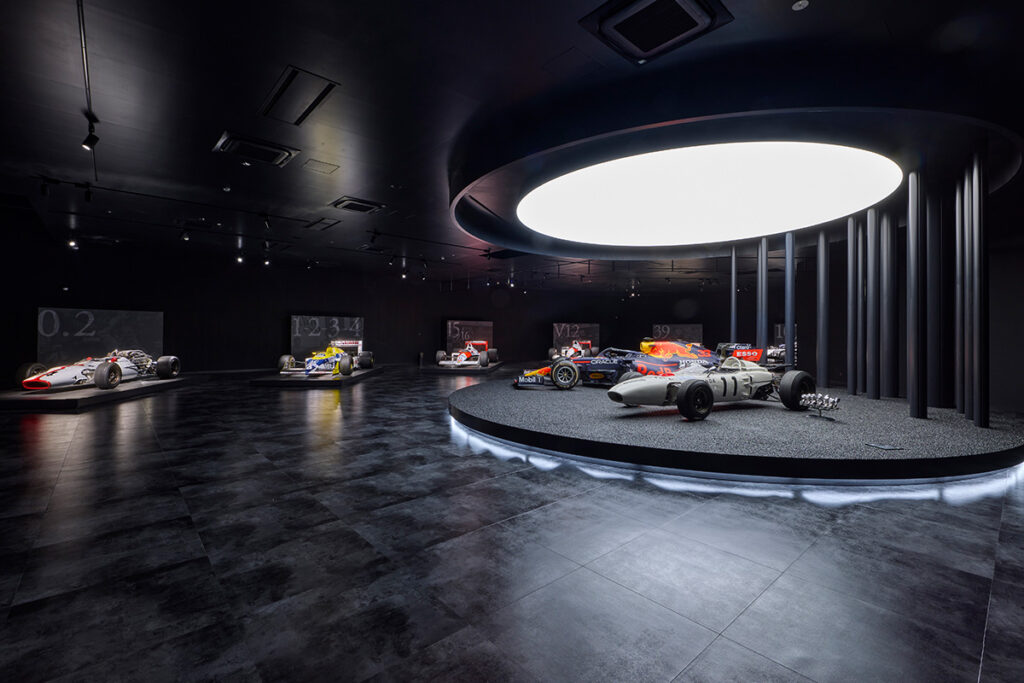
Best for: Motorsport fans, speed junkies, engineers
For motorsports enthusiasts, the Honda RACING Gallery in Suzuka is an essential visit. This gallery is dedicated to Honda's storied history in racing, with a special focus on the company’s Formula 1 achievements and other motorsport ventures. Located near the Suzuka Circuit, one of the most famous race tracks in Japan, the museum features a collection of racing vehicles, including historic F1 cars.
The museum offers a chance to get up close to the vehicles that have made history, as well as learn about the engineers and drivers who helped Honda reach the top. The Honda RACING Gallery is a thrilling tribute to speed, precision, and the spirit of competition.
Hatcho Miso Village - Okazaki
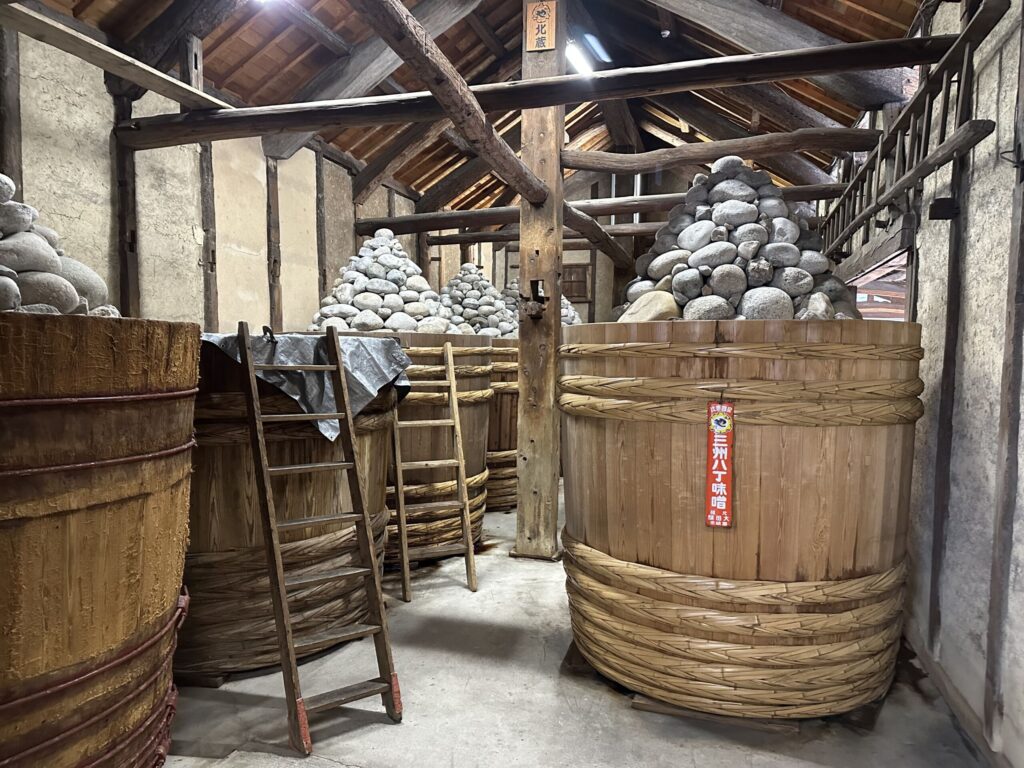
Best for: Foodies, culinary history fans, wellness travelers
A visit to the Hatcho Miso Village in Okazaki offers an unforgettable dive into one of Japan's most essential culinary ingredients—miso. Known for its deep, rich flavor, Hatcho miso has been made in this region for over 1,000 years. The museum showcases the process of creating this fermented paste.
After learning about the fermentation methods, visitors can sample a selection of miso products. For food lovers, this museum provides a behind-the-scenes look at the craft that makes Hatcho miso unique, and it’s an opportunity to discover the diverse ways this ingredient is used in Japanese cooking.
Seki-juku Festival Float Museum - Seki-juku
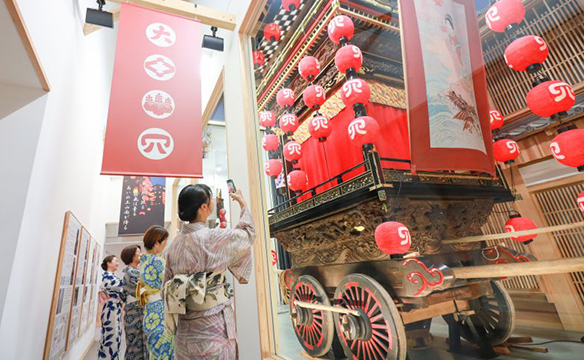
Best for: Festival lovers, families, artisans
The Seki-juku Festival Float Museum offers a glimpse into one of the region’s most captivating cultural traditions: the Seki-Juku Gion Summer Festival and its iconic “yama” (mountain) floats. These grand, intricately decorated floats are the heart of the festival, held each July, and have become a symbol of this Tokaido post town’s cultural identity.
The Museum offers visitors an in-depth look at these traditional floats, including the elaborate wooden craftsmanship, detailed decorations, and the sheer scale of the constructions—floats are designed to be so large that, if they were any bigger, they wouldn’t be able to navigate the post town’s narrow streets.
Recommended Tour: Snow Monkey Resort's 1-Day Tour from Nagoya: Myths and Mystery of Ninja and the Tokaido Road not only gives insight into the daily lives of ninja but also takes you along the most important route of Edo-era Japan, the Tokaido road, as you are led by an experienced English-speaking guide on a full-day tour from Nagoya.
1-Day Tour from Nagoya: Myths and Mystery of Ninja and the Tokaido Road
- Spots:
- Pick-up:
- Drop-off:
Matcha Museum Saijoen WAKUWAKU - Nishio
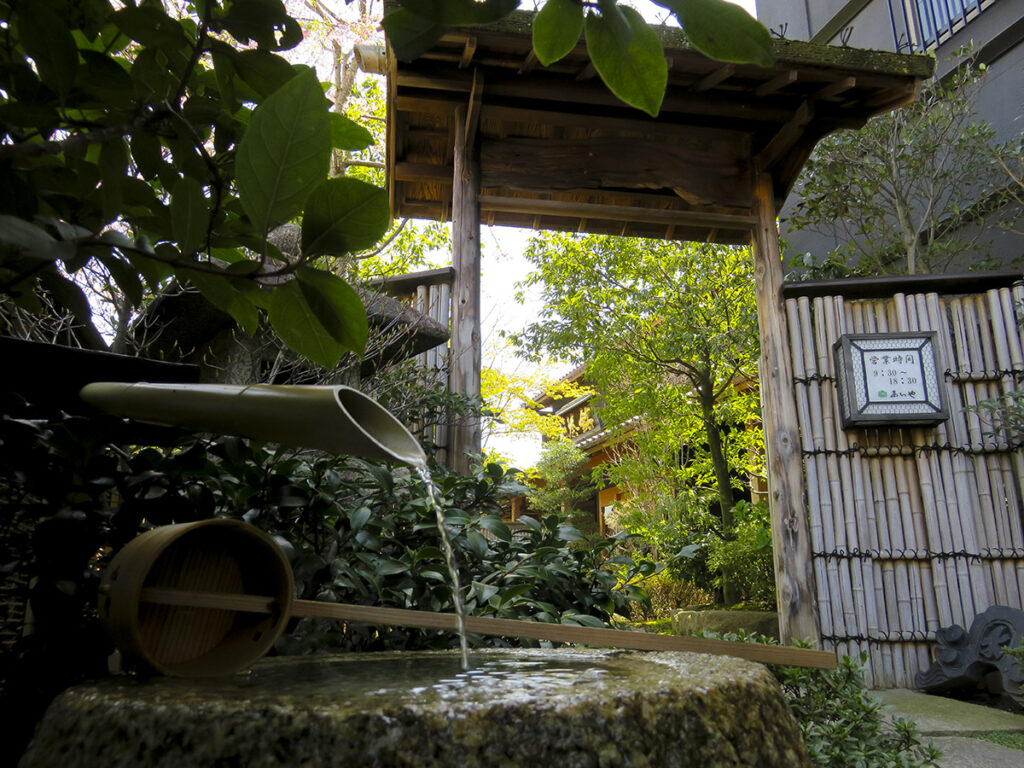
Best for: Tea lovers, Zen seekers, cultural travelers
The Matcha Museum Saijoen WAKUWAKU in Nishio offers a deep dive into one of Japan’s most iconic beverages—matcha. Located in the heart of Aichi Prefecture’s matcha-producing region, the museum explores the cultivation, production, and cultural significance of this powdered green tea.
At the museum, visitors can learn about the process of turning tea leaves into powder, and the key role that matcha plays in Japanese tea ceremonies. The museum also offers tasting sessions where you can sample various grades of matcha, as well as try your hand at preparing a perfect cup of tea. It’s a great stop for anyone interested in the ceremonial, cultural, and culinary importance of matcha in Japan.
Recommended Tour: Step away from the hustle of modern Japan and into a world where centuries-old traditions meet unparalleled craftsmanship on Snow Monkey Resort's 1-Day Tour from Nagoya: Matcha, Confections, and Traditions in Nishio.
From crafting your own tea ceremony sweets to a behind the scenes look at the production of premium quality matcha, this tour will take you deeper into one of Japan’s most treasured traditions than ever before. Whether you’re a tea connoisseur, a culinary enthusiast, or simply a curious traveler, this is an opportunity to experience Japan in a way that few ever do.
New Tour
1-Day Tour from Nagoya: Matcha, Confections, and Traditions in Nishio
- Spots:
- Pick-up:
- Drop-off:
Bankyo Figure Museum - Taki
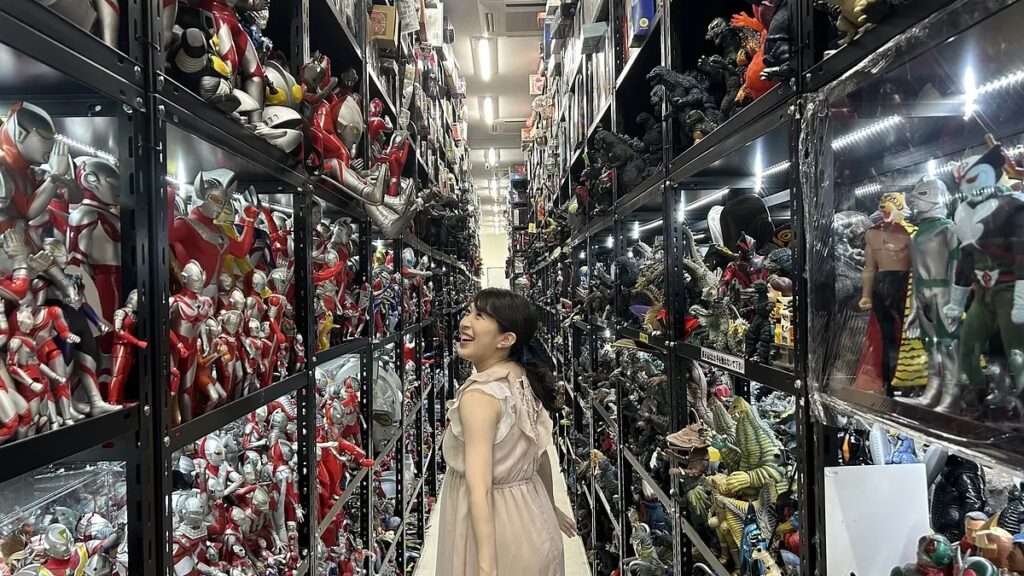
Best for: Anime fans, families, pop culture enthusiasts
The Bankyo Figure Museum in Mie Prefecture, is dedicated to the art of figure-making, an intriguing and highly detailed craft that has a long history in Japan. The museum houses an impressive collection of both miniature and life-sized anime, movie, and other popular characters, all made with remarkable precision and attention to detail. With over 30,000 figures on display, visitors can enjoy searching for their favorite characters.
Photography is allowed throughout the museum and there is even an attached photography studio for people who wish to cosplay as their favorite character.
Osatsu Ama Culture Museum - Toba
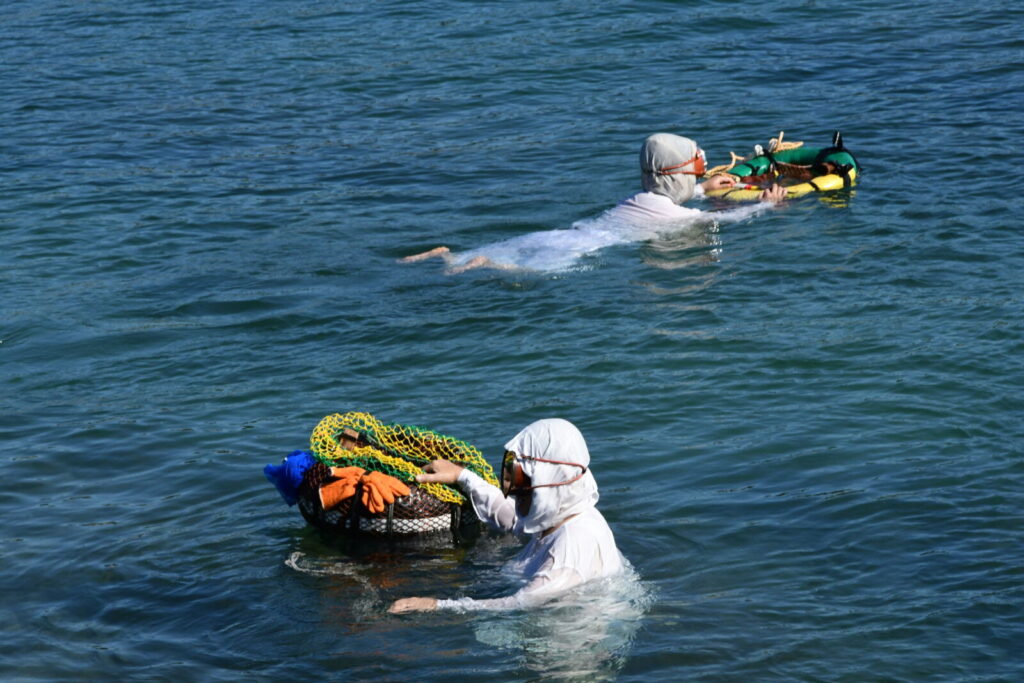
Best for: Cultural preservationists, ocean lovers, off-the-beaten-path explorers
For a deep dive into the unique ama culture of Japan’s coastal communities, the Osatsu Ama Culture Museum in Toba is an excellent stop. Ama are female divers who have been harvesting shellfish, pearls, and other marine products for over 2,000 years. The museum explores the history and traditions of these remarkable women, who dive without modern equipment to gather seafood by hand.
Through exhibits on the history of ama diving, the tools used, and the cultural significance of this practice, visitors gain insight into a way of life that has largely remained unchanged for centuries. The museum is a tribute to the resilience and skill of the ama divers and offers a unique perspective on Japan’s coastal traditions.
These unique museums in and around Nagoya offer a diverse and engaging glimpse into Japan’s rich cultural and technological heritage. Whether you're exploring centuries-old traditions, marveling at technological advancements, or discovering quirky aspects of Japanese life, these museums will surely leave you with a deeper connection to the stories that define this region.
Frequently Asked Questions
Are guided tours available?
Absolutely. Several museums are already included in our day tours from Nagoya. We can also create custom tours that include transportation, interpreters, and even hands-on experiences to other locations around the region. Contact us to get started planning your trip.
What’s the best time of year to visit these museums?
Most are open year-round. However, combining museum visits with seasonal events (like Gifu’s summer ukai or Seki’s July float festival) makes for a richer cultural experience.
Are these museums family-friendly?
Yes! Especially museums like SCMaglev, INAX Toilet Museum, the Bankyo Figure Museum, and the Toyota Museum, which include hands-on activities for kids.
Are these museums easy to reach from Nagoya?
Many are accessible by train or bus (like SCMaglev and Toyota Museum), while others—like the Seki Swordsmith Museum or Osatsu Ama Culture Museum—are best reached by car or guided tour.
Of course, we also offer private tours and transport in and around the Nagoya area, and other regional destinations. We can also arrange for both custom tours with an English-speaking guide or a private charter.
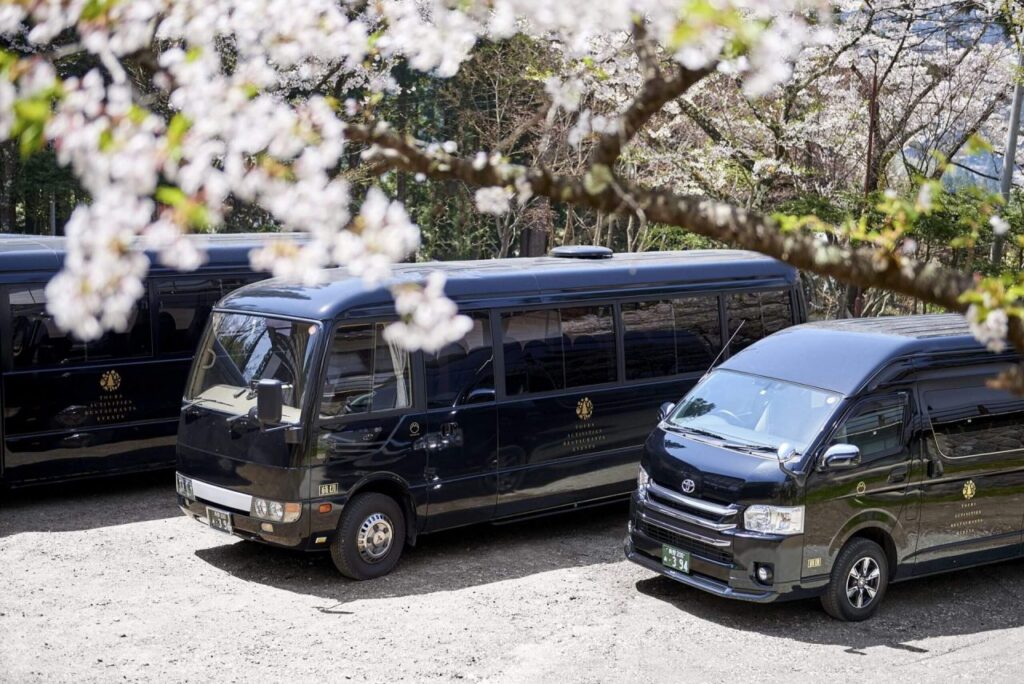
Our drivers and vehicles are fully certified, allowing us to transport you to and from your preferred destinations in combination with any activity that suits your schedule. All vehicles are well-maintained and in good condition, allowing you to relax and enjoy your ride to wherever you are going.
With door-to-door service, we can pick you up from where you are and take you to where you want to go anywhere in Central Japan and the neighboring regions.
For more information, please check our standard charter rates or contact us for a custom trip. We’d love to be part of your adventure in Central Japan and help you discover even more!
Final Tips for Visiting Museums Around Nagoya
- Buy combo tickets where available.
- Use guided day tours to simplify transportation to more remote spots.
- Check museum hours and closures, particularly during holidays or off-season.
- Try local food near each museum. Many are located in regions known for their unique dishes—like miso in Okazaki or fresh seafood in Toba.














